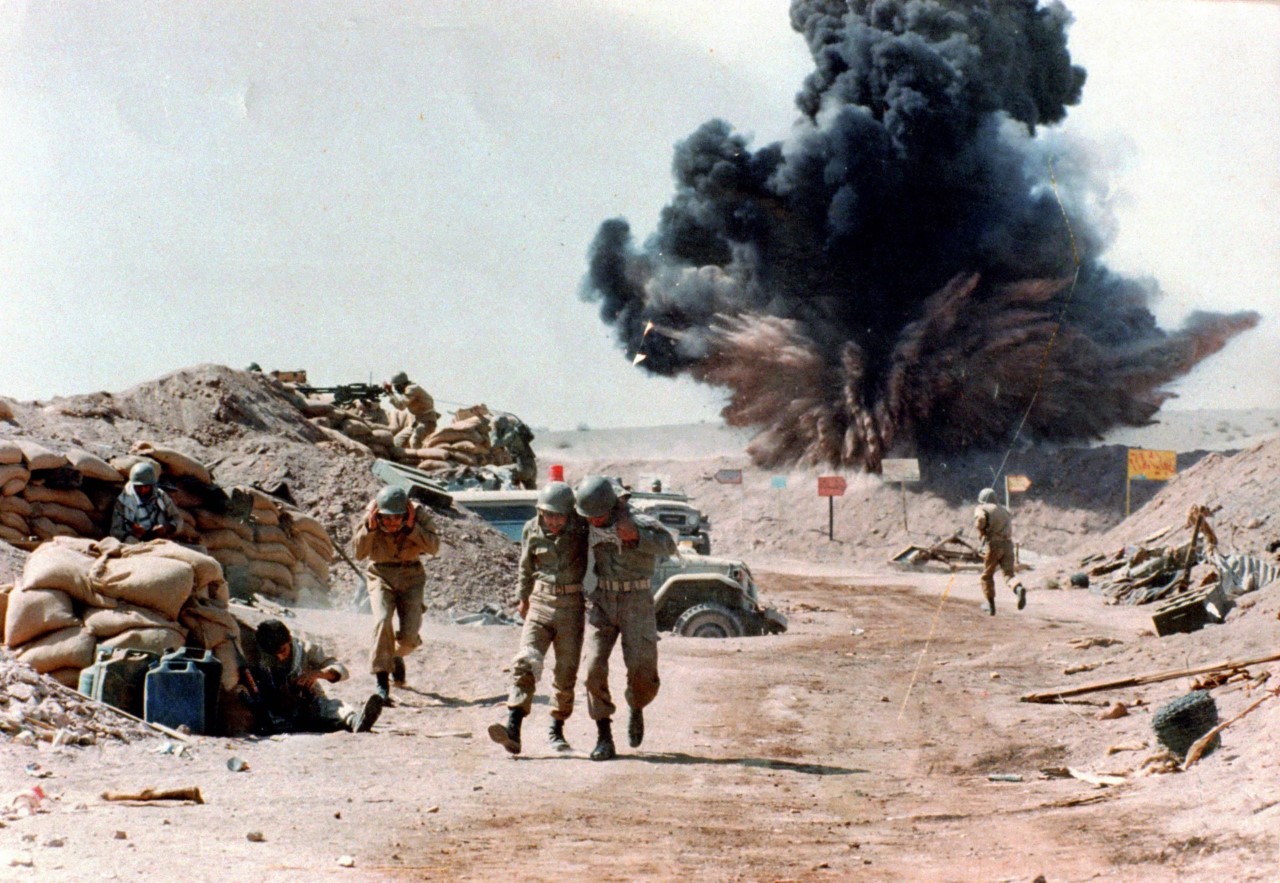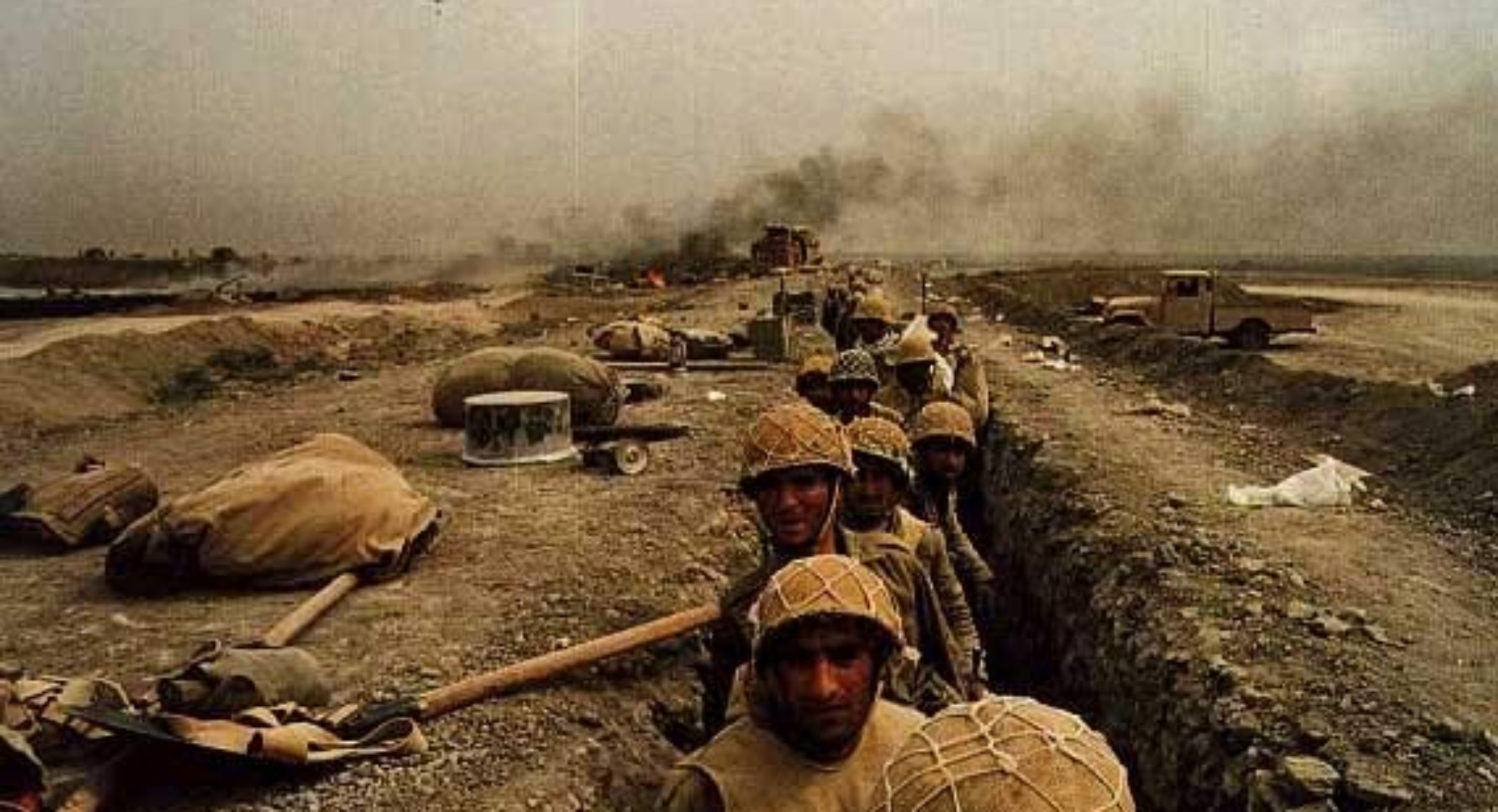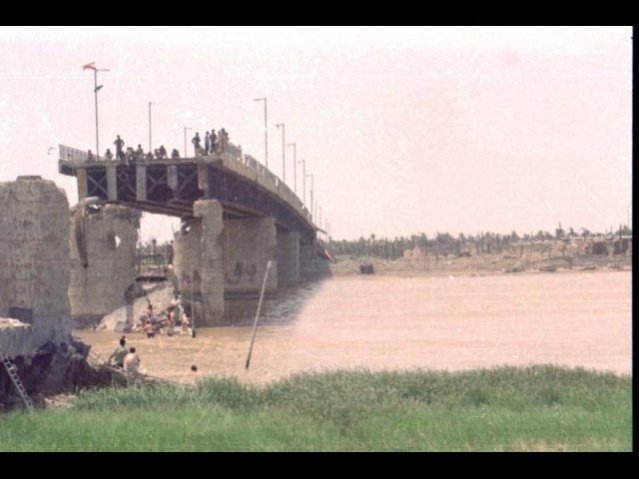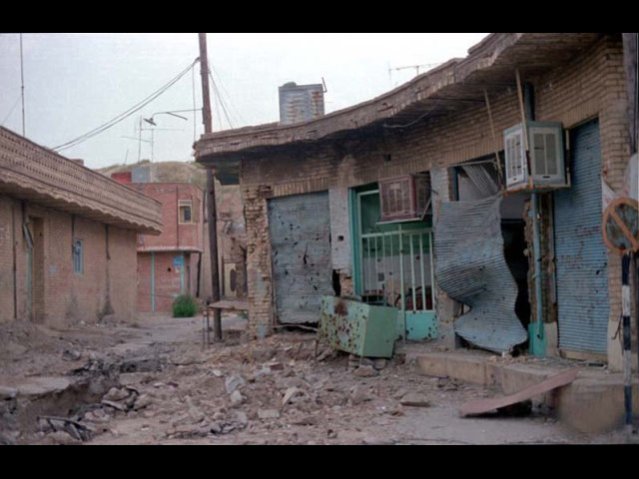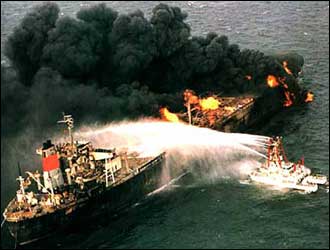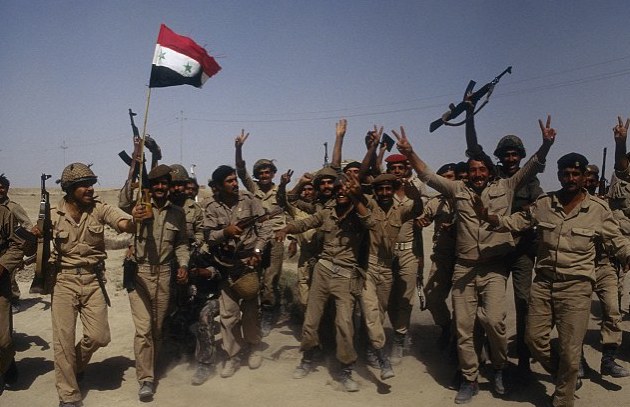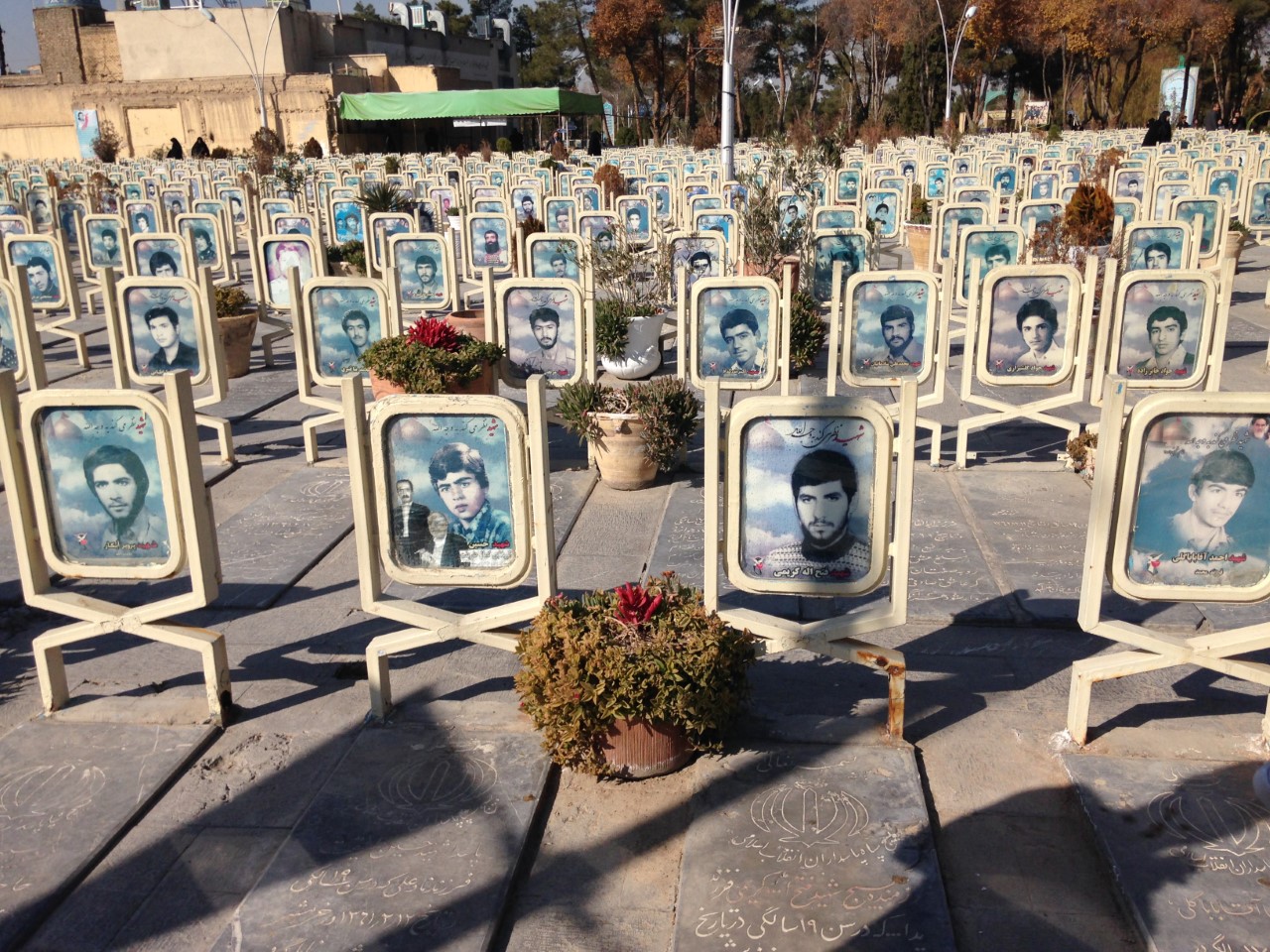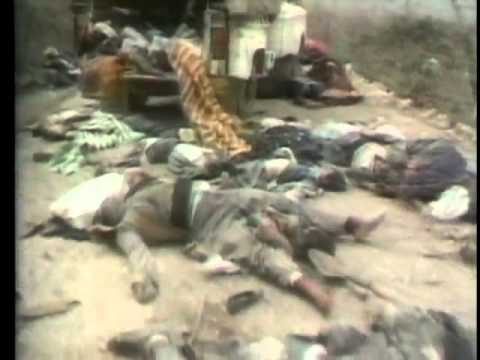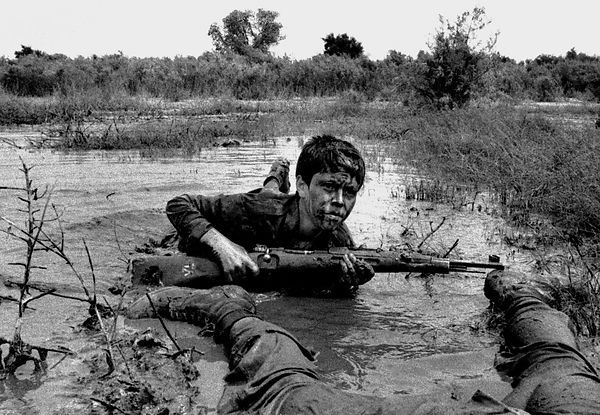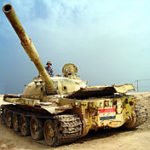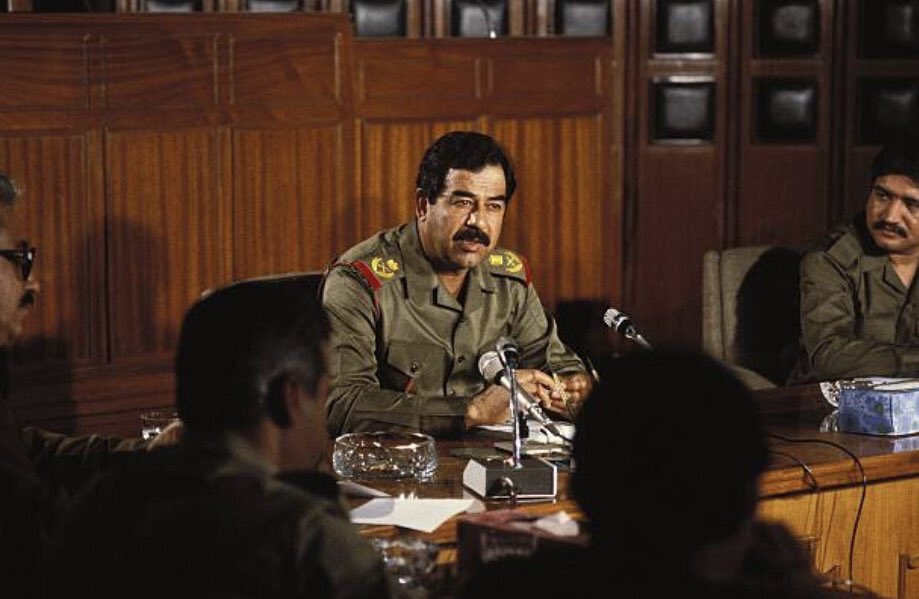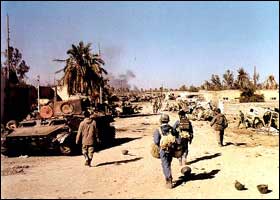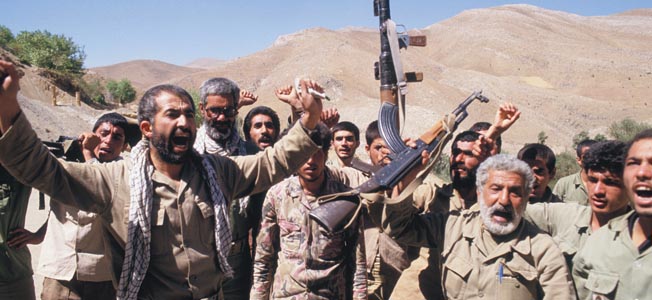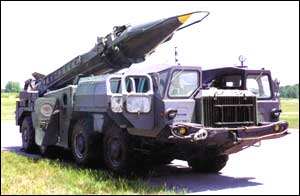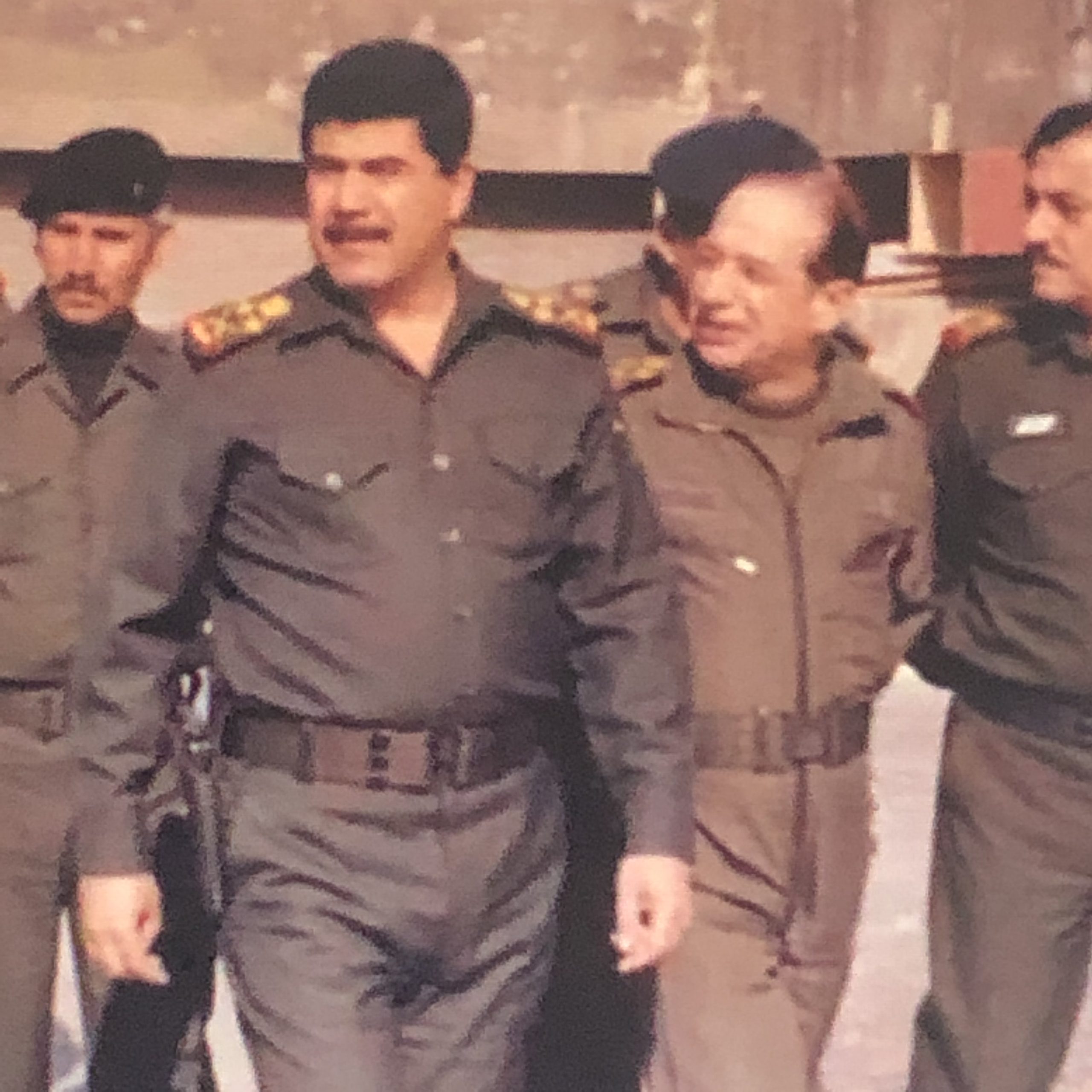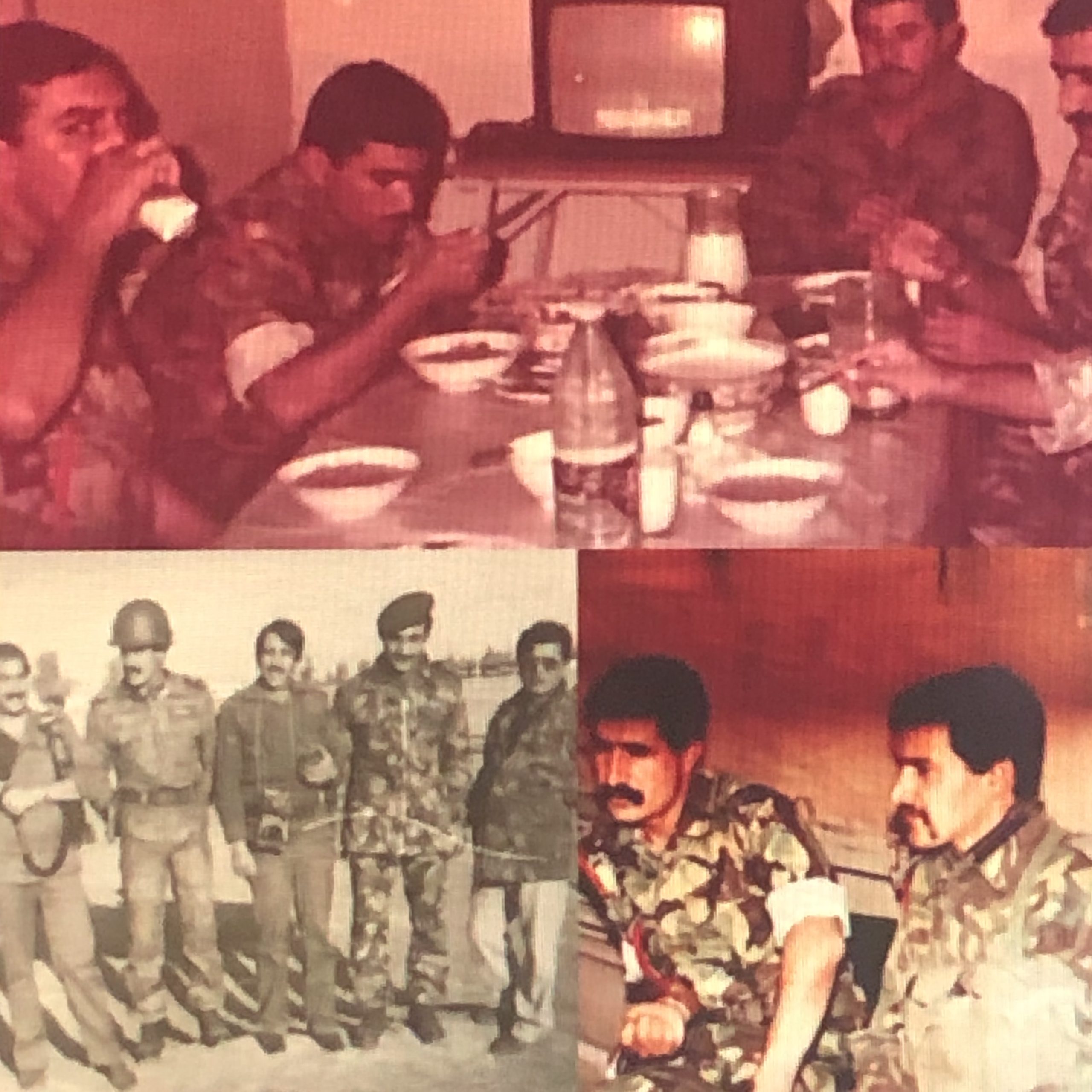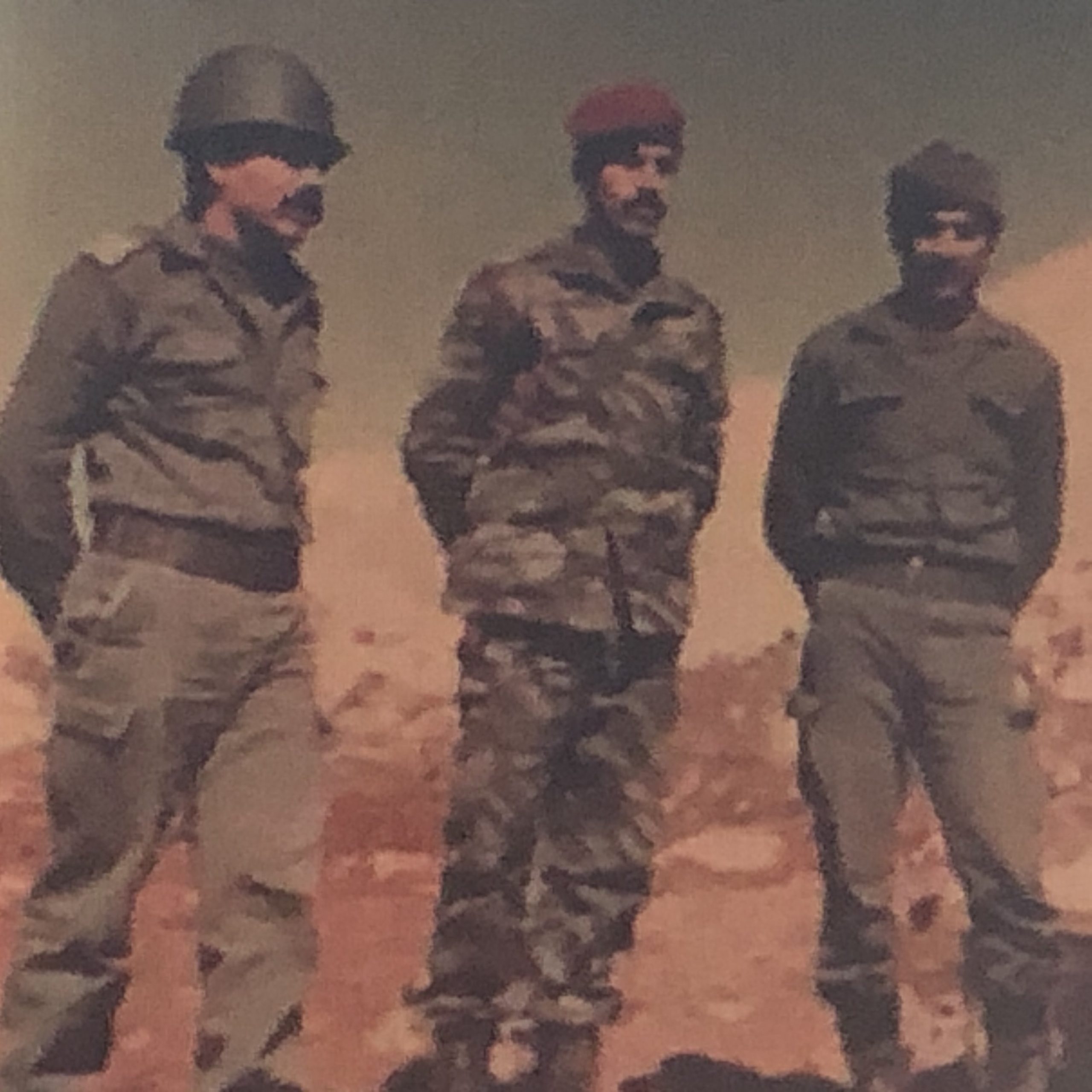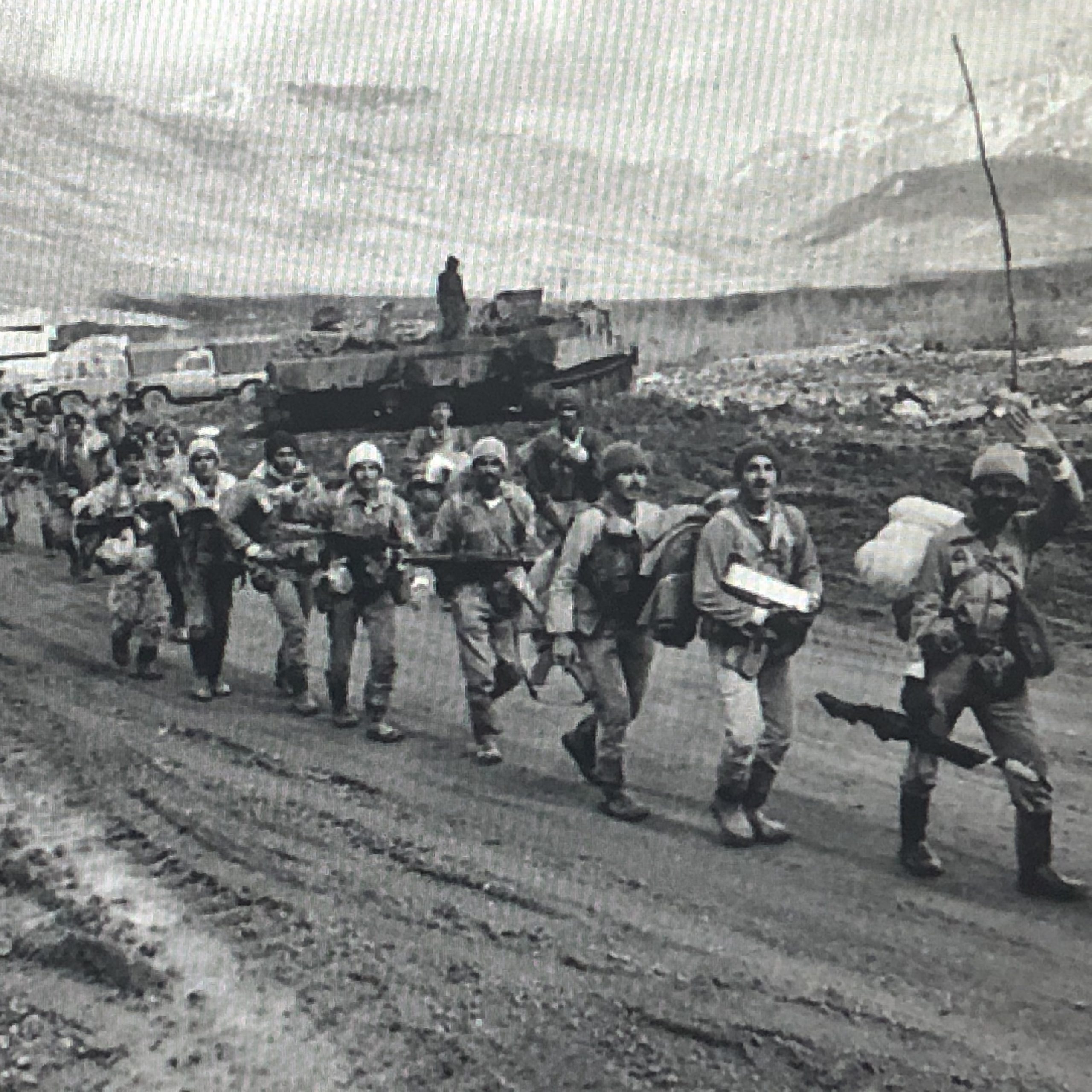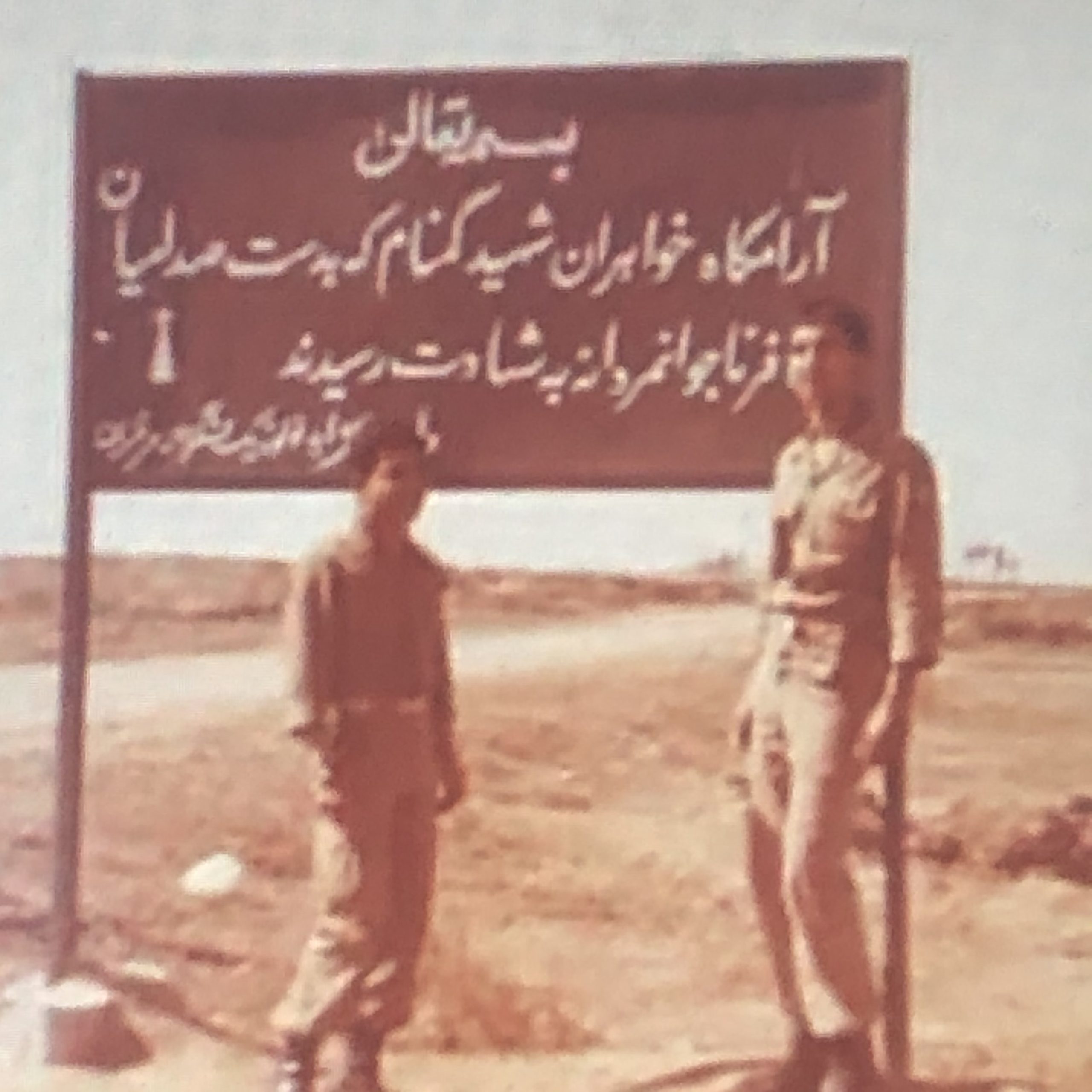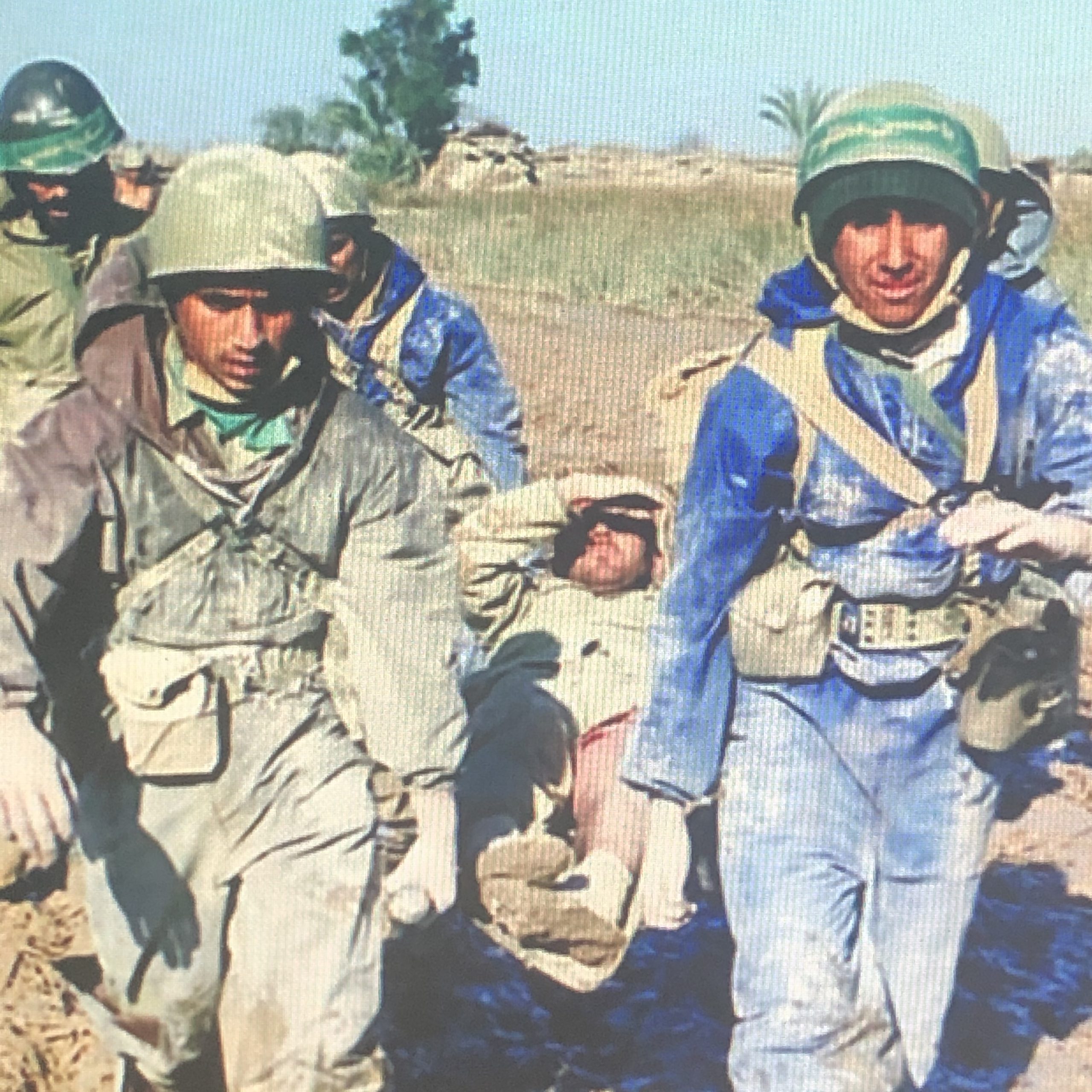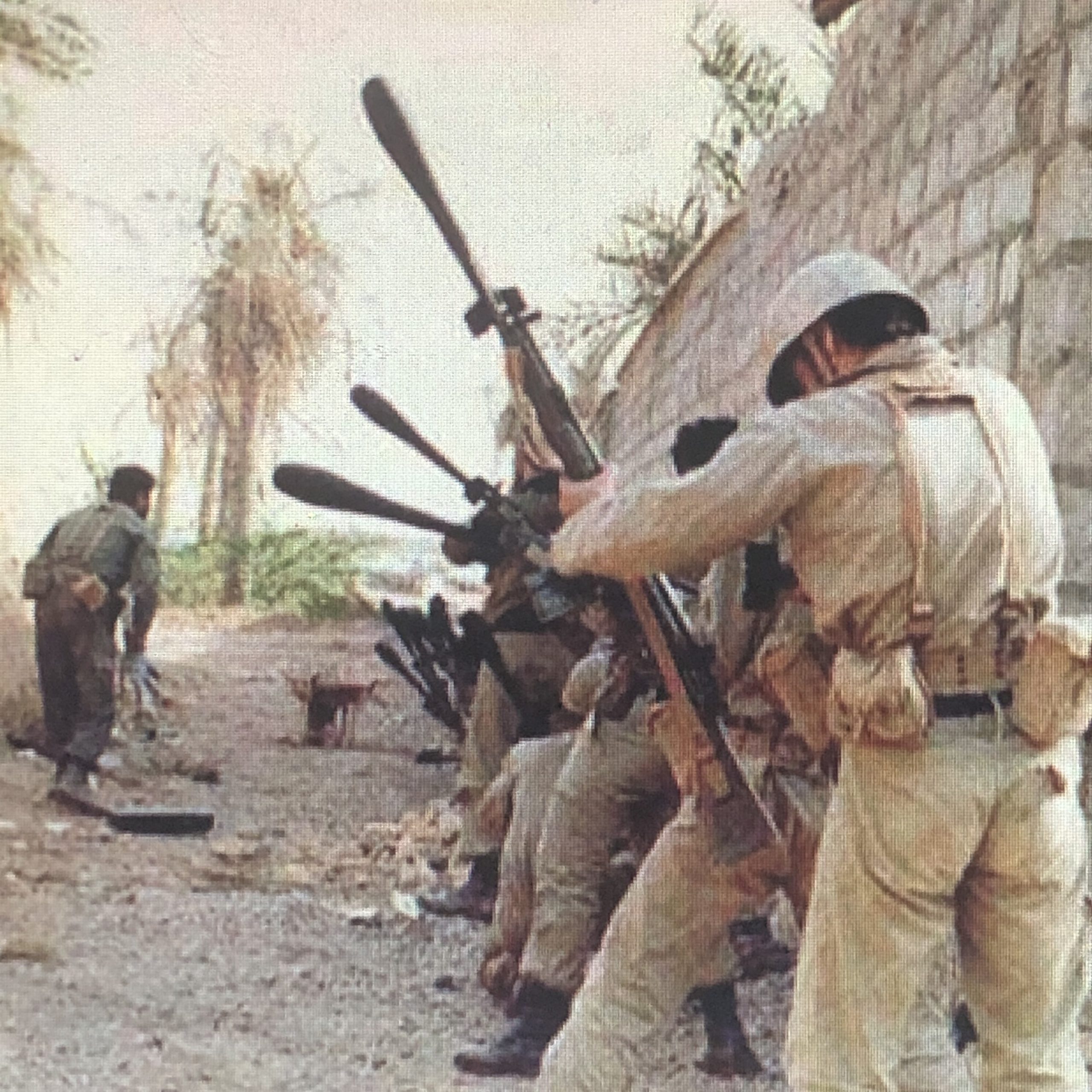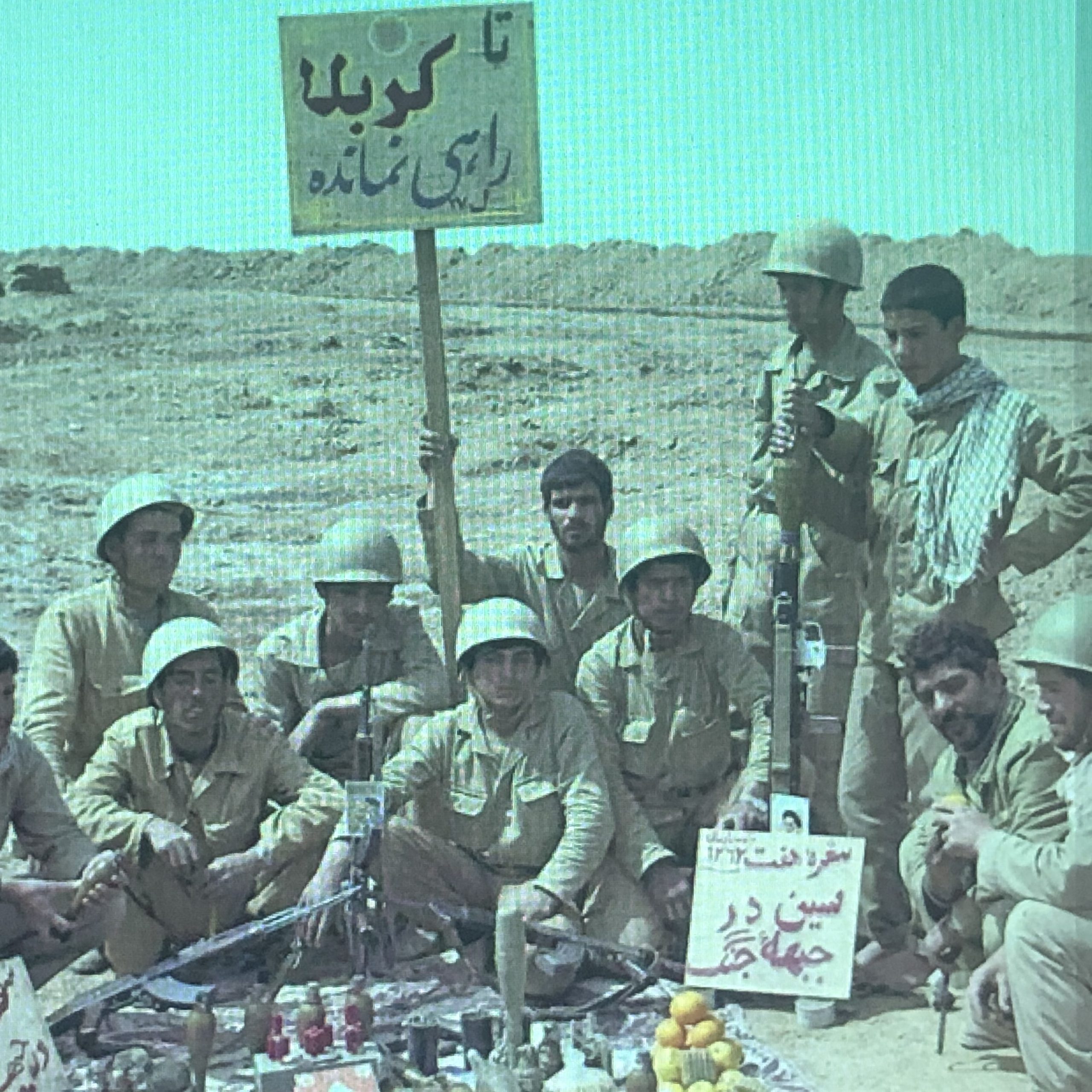The Iran-Iraq War is considered the longest conventional war in modern times. Given the number of associated deaths and injuries (soldiers and civilians), it is also considered one of the bloodiest wars in modern history. The War officially began on September 22, 1980, with the full-scale invasion of Iran by the Iraqi military. Given the political landscape of Iran, it was assumed the war would be quick, easy and victory would be definite.
The invasion consisted of air raids followed by a massive ground invasion. The primary direction of Iraq’s offensive was the southeast region of Iran, the oil rich Province of Khuzestan. The aim was to seize the Arvand Rud (Shatt al-Arab River) and the cities of Khorramshahr, Abadan, Ahvaz and Desful. Additionally, in the north, an Iraqi infantry division moved into Iranian Kurdish Panjwin. In the center, another Iraqi division took Qasr-e Shirin and also secured the ridge that ran along the Baghdad to Tehran Road. In the south they took Mehran, a hydro-electric power station, an Iranian airbase at Vahidyey, advanced to the Zagros Mountains and dominated the road network in the southeast.
What initially seemed like an easy victory evolved into a bloody war of attrition that lasted eight years killing and injuring hundreds of thousands of people in both Iraq and Iran. The echoes and long shadow of this war continues to impact the people of both Iran and Iraq today and has forever altered the dynamics of the region.
